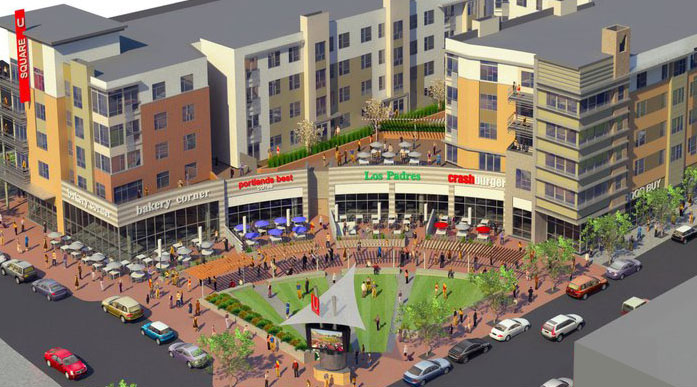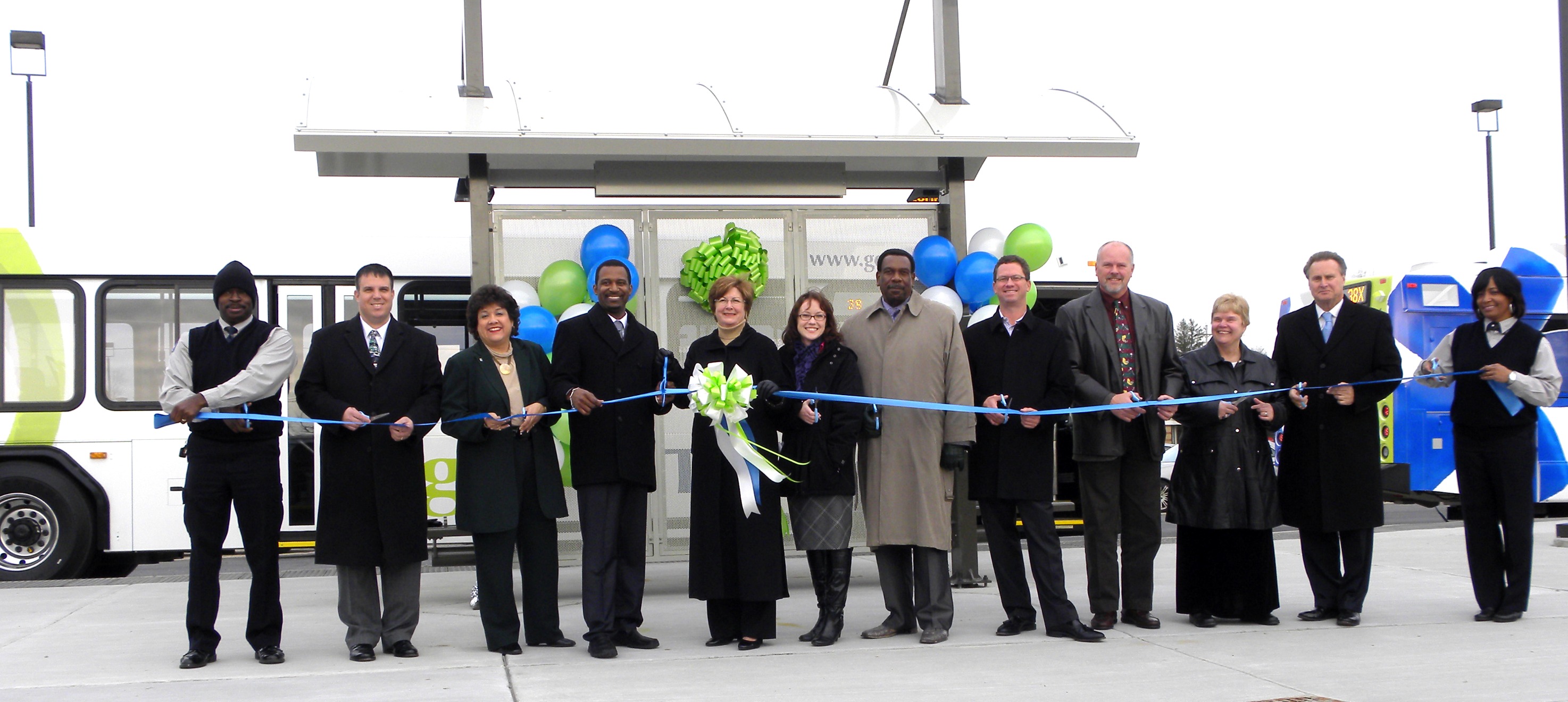Project officials have confirmed that a Ruth’s Chris Steak House will open at The Banks development in downtown Cincinnati. The addition of the exclusive chain restaurant has been predicted since May 2011, but project officials have refrained from commenting publicly until just now.
The addition of the 9,600-square-foot Ruth’s Chris restaurant will bring the total retail occupancy at The Banks to approximately 82 percent following the recent announcement that Mahogany’s Cafe & Grill will also open a location along the central riverfront.
The upscale restaurant, officials say, will open within the two-level retail space at the northeast corner of Walnut Street and Freedom Way. It will be Ruth’s Chris second Ohio location.

The future home of Ruth’s Chris Steak House Cincinnati. Photograph by Jake Mecklenborg for UrbanCincy.
While 2012 has already been a busy time for economic wins at The Banks, expect another major announcement within the coming weeks.
City and County officials are currently in negotiations to find a new location for dunnhumbyUSA’s North American headquarters. The growing consumer analytics firm appears to have narrowed its search down to the surface parking lot at Fifth Street and Race Street, and the office tower pad located at The Banks which is immediately north of the new Ruth’s Chris.
Hamilton County officials would like dunnhumbyUSA to locate at The Banks to help accelerate the pace of development there, while some city officials have stated a preference for the troubled Fifth & Race location. In the end, Hamilton County seems to have more leverage given their stock of underground parking at The Banks.
Chris Monzel (R) has stated a preference to get out of the parking business, but county officials have stated that controlling parking within the central business district is a strategic move in order to help spur economic development. To that end, it would seem logical that county officials will use artificially low parking rates to lure dunnhumbyUSA to the site at The Banks.
It is projected that dunnhumbyUSA will have at least 500 employees at whatever site they choose, with room for growth. Such size would make the construction of a new office tower at The Banks economically viable and potential immediately spark construction.







